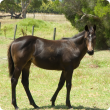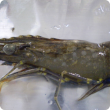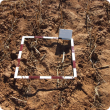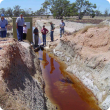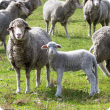Filter by regions:
- (-) Remove Great Southern filter Great Southern
- (-) Remove Kimberley filter Kimberley
- (-) Remove South West filter South West
- Gascoyne (464) Apply Gascoyne filter
- Mid West (458) Apply Mid West filter
- Peel (455) Apply Peel filter
- Pilbara (448) Apply Pilbara filter
- Wheatbelt (445) Apply Wheatbelt filter
- Goldfields-Esperance (443) Apply Goldfields-Esperance filter
- Perth regions (361) Apply Perth regions filter

